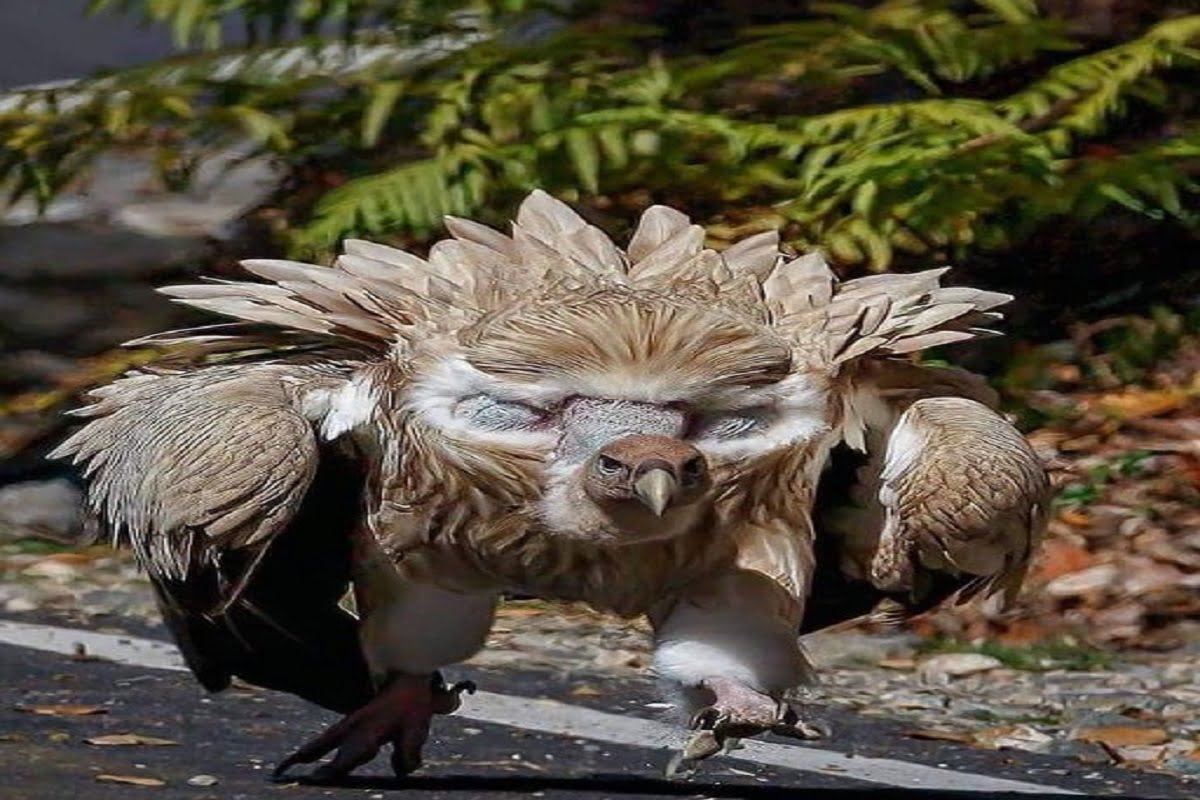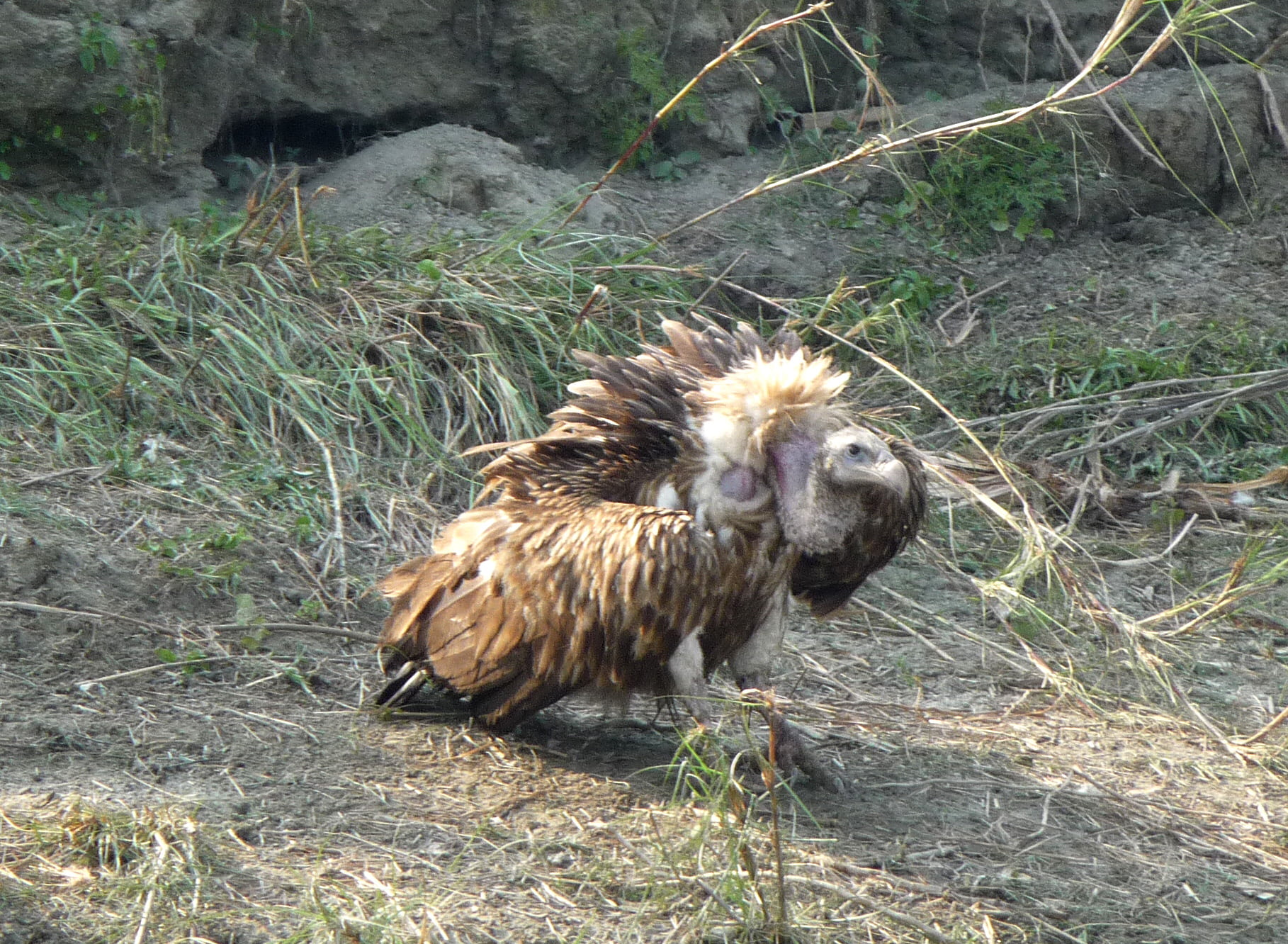The Himalayan vulture (Gyps Himalayans) or the Himalayan griffon vulture is a species of vulture native to the Himalayas and the adjacent Tibetan Plateau. This vulture has survived on earth for hundreds of years. Hence it is called the large-scale ancient earth vulture.

The IUCN has listed the Himalayan Griffon in the Red List. Because this vulture species is on the verge of extinction in the near future, it is not to be confused with the griffon vulture, which is a similar species. There is considerable variation in the Himalayan vulture flock.
This vulture has dark brown feathers. Feather color varies from greenish gray to pale brown. A vulture has several layers of feathers on its body. White feathers are noticeable under the layer of brown feathers. It has pale brownish-white spots on its body and long and spiky feathers.
Body feathers have pale shaft lines. It is quite difficult to distinguish it from the small griffon vulture. The best way to distinguish them is by the wing and tail feathers being dark in color, contrasting with the pale coverts and body. The Himalayan vulture lives mainly in the higher regions of the Himalayas and the Tibetan Plateau at altitudes of 1,200–5,500 meters (3,900–18,000 ft).

It is found in Kazakhstan, Uzbekistan, Kyrgyzstan, Tajikistan, Afghanistan, and Iran. The Himalayan griffon vulture also exists in Pakistan, India, Nepal, Bhutan, western China, and Mongolia. They live in Thailand, Burma, Singapore, and Cambodia.
It is the largest of the Gypsies species, with a larger average size than other vultures, and is probably the largest and heaviest bird in the Himalayas. Himalayan vultures weigh from 6 kg to 12.5 kg. Its average weight is around 9 kg. Young Himalayan Griffon Vultures stay with their parents for six to seven months after birth.
